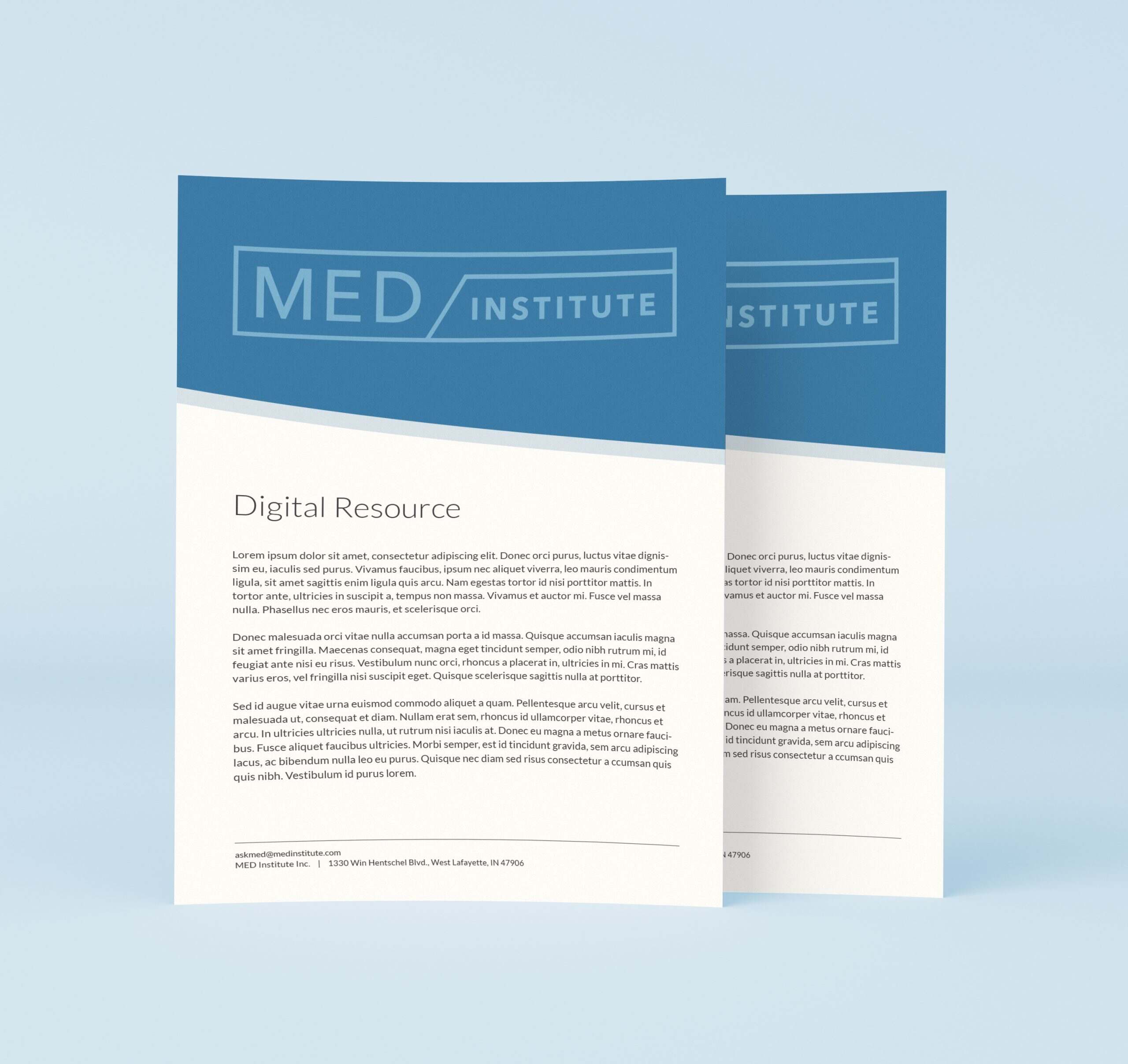In Vivo and In Vitro Nitinol Corrosion Properties
Regulatory authorities often require in vitro testing on medical devices prior to approval. Current standardized corrosion testing methods (ASTM F2129) require testing in a non-physiologic, de-oxygenated solution for a pre-exposure time of B1 h; however, no correlations between the prescribed simulated environment and whole blood conditions have been elucidated. This study compared open circuit potential (OCP), breakdown potentials (Eb), Eb - OCP, and cyclic polarization curves tested in vivo (OCP only) and in vitro in whole blood to those tested in phosphate-buffered saline (PBS).

OUR COMMITMENT
We are committed to consistently performing services with high quality, that deliver exceptional results, and add value to the client’s business.
For client surveys sent in 2024, we received ratings of 4.98/5 points (13).
